Are you plagued by joint pain? If so, you’re not alone. Many people suffer from this debilitating condition that can greatly impact their quality of life. But fear not, there are several options available to help alleviate the discomfort. From over-the-counter medications to natural remedies, finding the best solution for joint pain relief can be a daunting task. In this article, we will explore different strategies and treatments, providing you with valuable information to make an informed decision about what is best for your joint pain relief. So, let’s get started and discover the path to a pain-free life!
In This Article
ToggleOverview of Joint Pain
Joint pain is a common issue that many people experience at some point in their lives. It can affect various joints in the body, such as the knees, hips, shoulders, and wrists. Joint pain can range from mild discomfort to severe pain that hinders daily activities. Understanding the causes, symptoms, and treatment options for joint pain is crucial for finding relief and improving overall quality of life.
Causes of Joint Pain
There are several factors that can contribute to joint pain. Some of the most common causes include:
- Arthritis: Osteoarthritis and rheumatoid arthritis are two of the most prevalent types of arthritis that can cause joint pain. Osteoarthritis occurs due to the wear and tear of cartilage, while rheumatoid arthritis is an autoimmune condition that affects the joints.
- Injury or trauma: Accidents, sports injuries, or repetitive joint movements can lead to joint pain. Sprains, strains, and fractures can damage the structures within the joint, resulting in pain and inflammation.
- Overuse or repetitive motion: Certain occupations or activities that involve repetitive joint movements can lead to joint pain over time. This includes jobs that require frequent lifting, typing, or using vibrating tools.
- Age-related degeneration: As we age, our joints naturally undergo degenerative changes, which can cause joint pain. Conditions such as degenerative disc disease or spinal stenosis may result in joint pain in the back or neck.
Symptoms of Joint Pain
Joint pain can present in various ways depending on the underlying cause. Some common symptoms include:
- Pain: Joint pain can range from a dull ache to a sharp, stabbing sensation. The pain may be constant or intermittent and can worsen with movement or weight-bearing activities.
- Swelling: Inflammation of the joints often accompanies joint pain. The affected area may appear red, swollen, and feel warm to the touch.
- Stiffness: Joint stiffness is a common symptom, especially upon waking up or after periods of inactivity. It may make it difficult to move the joint through its full range of motion.
- Decreased mobility: Joint pain can restrict mobility and make it challenging to perform everyday tasks or participate in physical activities.
- Weakness: In some cases, joint pain may be accompanied by weakness in the affected area, making it difficult to perform tasks that require strength or coordination.
- Cracking or popping sounds: Some individuals may experience cracking, popping, or grinding sounds when moving the affected joint.
Conventional Treatments for Joint Pain
When it comes to treating joint pain, there are various conventional treatment options available. These approaches focus on providing relief from pain and managing underlying conditions.
Medications for Joint Pain Relief
One of the most common methods of managing joint pain is through the use of medications. Nonsteroidal anti-inflammatory drugs (NSAIDs) are often prescribed to reduce pain, inflammation, and swelling associated with joint conditions. Over-the-counter options like ibuprofen and naproxen sodium can be effective, but stronger prescription-strength NSAIDs may be necessary for severe joint pain.
Physical Therapy for Joint Pain Relief
Physical therapy can be a valuable component of joint pain management. A trained physical therapist can design a personalized exercise program aimed at improving joint strength, flexibility, and mobility. Physical therapy can also include techniques such as manual therapy, massage, and hot/cold therapy to relieve pain and promote healing.
Joint Injections for Joint Pain Relief
Corticosteroid injections are commonly used to manage joint pain and inflammation. These injections are administered directly into the affected joint, providing targeted relief. The corticosteroids act as powerful anti-inflammatory agents, reducing swelling and pain. Hyaluronic acid injections, also known as viscosupplementation, may be used to lubricate and cushion the joint in cases of osteoarthritis.

Alternative Treatments for Joint Pain Relief
While conventional treatments can be effective, some individuals seek alternative approaches for joint pain relief. These alternative treatments focus on holistic healing and natural remedies.
Acupuncture for Joint Pain Relief
Acupuncture is an ancient Chinese practice that involves inserting thin needles into specific points on the body. It is believed to stimulate the body’s natural healing response and promote pain relief. Acupuncture has been shown to be beneficial for various types of joint pain, including osteoarthritis and rheumatoid arthritis.
Chiropractic Care for Joint Pain Relief
Chiropractic care focuses on spinal manipulation to alleviate joint pain and improve overall health. Chiropractors use hands-on techniques to adjust the spine and other joints, aiming to restore proper alignment and relieve pressure on affected areas. Chiropractic care has been shown to provide relief for conditions such as back pain, neck pain, and certain forms of joint pain.
Herbal Supplements for Joint Pain Relief
Certain herbal supplements have gained popularity for their potential to alleviate joint pain. Turmeric, ginger, and Boswellia are among the herbs commonly used for their anti-inflammatory properties. Fish oil supplements, rich in omega-3 fatty acids, may also help reduce joint inflammation. However, it is essential to consult with a healthcare professional before starting any herbal supplements to ensure safety and effectiveness.
Lifestyle Changes for Joint Pain Relief
In addition to medical treatments and alternative therapies, lifestyle changes can play a vital role in managing joint pain and improving overall well-being.
Exercise and Joint Pain Relief
Engaging in regular exercise can help strengthen the muscles around the joints, improve flexibility, and reduce joint pain. Low-impact exercises such as swimming, cycling, and tai chi are gentle on the joints while still providing cardiovascular and musculoskeletal benefits. It is important to consult with a healthcare professional or physical therapist to develop an appropriate exercise program tailored to individual needs.
Weight Management and Joint Pain Relief
Maintaining a healthy weight is crucial for joint health, particularly for weight-bearing joints such as the knees and hips. Excess weight puts additional stress on the joints, leading to increased pain and wear and tear. By achieving and maintaining a healthy weight, individuals can effectively reduce joint pain and slow down the progression of joint conditions.
Dietary Modifications for Joint Pain Relief
Certain dietary modifications have been shown to have positive effects on joint pain. Consuming a well-balanced diet rich in fruits, vegetables, whole grains, and lean proteins can help reduce inflammation and provide essential nutrients for joint health. Incorporating foods high in omega-3 fatty acids, such as fatty fish, walnuts, and flaxseeds, can also help alleviate joint pain and promote overall wellness.
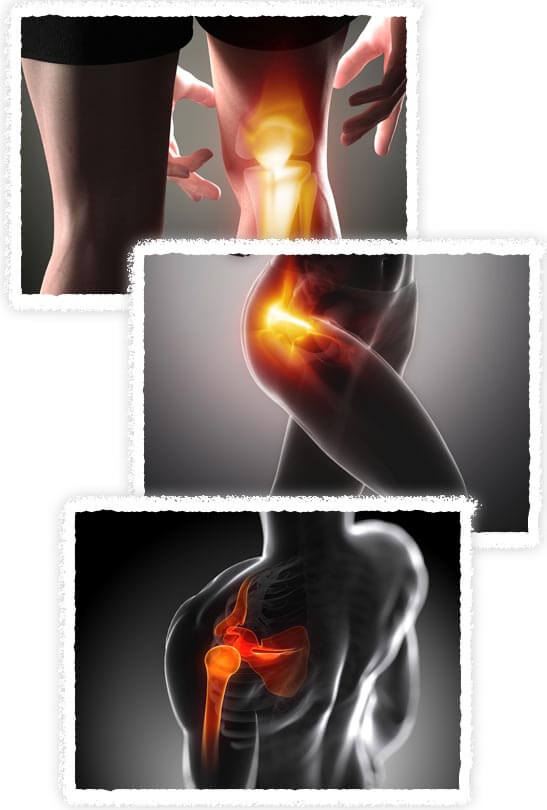
Natural Remedies for Joint Pain Relief
In addition to alternative therapies and lifestyle changes, there are various natural remedies that can provide relief from joint pain.
Hot and Cold Therapy for Joint Pain Relief
Hot and cold therapy is a simple and effective method of reducing joint pain and inflammation. Applying a hot pack or taking a warm bath can help relax the muscles and ease stiffness. On the other hand, using a cold pack or ice pack can reduce swelling and numb the area, providing temporary pain relief.
Topical Creams for Joint Pain Relief
Topical creams and ointments containing ingredients like menthol, camphor, or capsaicin can provide localized pain relief when applied directly to the affected joint. These creams work by numbing the nerve endings and reducing pain signals to the brain. However, it is important to follow the instructions and consult with a healthcare professional before using any topical treatments.
Essential Oils for Joint Pain Relief
Certain essential oils, such as lavender, peppermint, and eucalyptus, have anti-inflammatory and analgesic properties that can help alleviate joint pain. Mixing a few drops of the desired essential oil with a carrier oil, such as coconut or jojoba oil, and gently massaging it into the affected area can provide soothing relief.
Home Remedies for Joint Pain Relief
Alongside natural remedies, several home remedies have been passed down through generations for their potential to relieve joint pain.
Epsom Salt Baths for Joint Pain Relief
Epsom salt baths are a popular home remedy for joint pain relief. The magnesium sulfate in Epsom salt is believed to help relax muscles, reduce inflammation, and alleviate pain. Adding a cup of Epsom salt to warm bathwater and soaking in it for 15-20 minutes can provide temporary relief.
Turmeric for Joint Pain Relief
Turmeric, a spice commonly used in Indian cuisine, contains a compound called curcumin, known for its potent anti-inflammatory properties. Incorporating turmeric into meals or taking turmeric supplements may help reduce joint pain and inflammation. However, it’s important to note that individual results may vary, and it is advisable to consult with a healthcare professional before making any significant dietary changes or taking supplements.
Ginger for Joint Pain Relief
Ginger is another natural remedy that has been used for centuries to relieve joint pain and inflammation. It contains gingerol and other compounds that possess anti-inflammatory and analgesic properties. Consuming ginger as a tea, adding it to meals, or using it in powdered form may help alleviate joint pain. As with any home remedy, it’s best to consult with a healthcare professional to determine the appropriate dosage.
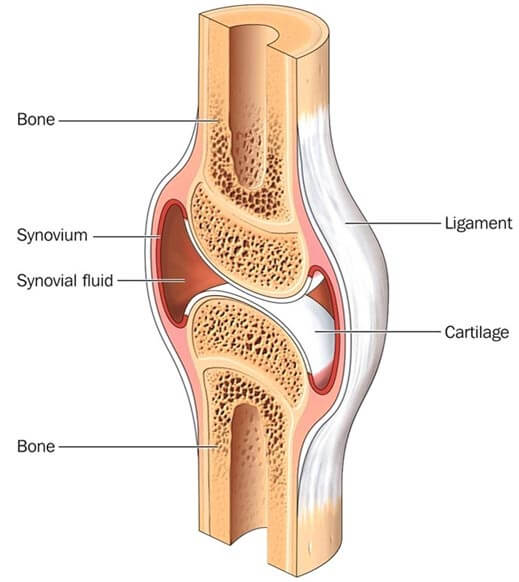
Supplements for Joint Pain Relief
Supplements can be beneficial for individuals seeking additional support in managing joint pain and promoting joint health.
Glucosamine and Chondroitin for Joint Pain Relief
Glucosamine and chondroitin are substances that occur naturally in the body and are necessary for healthy joint function. These supplements are often used in combination to support cartilage health, reduce inflammation, and alleviate joint pain. While research on the effectiveness of glucosamine and chondroitin is mixed, many individuals find relief through supplementation. It’s important to consult with a healthcare professional before starting any new supplements.
Omega-3 Fatty Acids for Joint Pain Relief
Omega-3 fatty acids, found in fish oil, are known for their anti-inflammatory properties. These fatty acids can help reduce joint pain and promote overall joint health. Incorporating foods rich in omega-3 fatty acids, such as fatty fish (salmon, mackerel), walnuts, and chia seeds, into the diet or taking omega-3 supplements can provide relief. It’s essential to consult with a healthcare professional for proper dosage and guidance.
Vitamin D for Joint Pain Relief
Vitamin D plays a crucial role in bone health and can help alleviate joint pain associated with certain conditions like osteoarthritis and rheumatoid arthritis. Adequate sun exposure and consuming foods rich in vitamin D, such as fatty fish, egg yolks, and fortified dairy products, can be beneficial. In some cases, vitamin D supplements may be prescribed to ensure optimal levels. It is important to consult with a healthcare professional to determine appropriate vitamin D supplementation.
Foods for Joint Pain Relief
Diet plays a significant role in managing joint pain and promoting overall joint health.
Anti-Inflammatory Foods for Joint Pain Relief
Incorporating anti-inflammatory foods into the diet can help reduce joint pain and inflammation. These foods include oily fish (salmon, mackerel), leafy greens, berries, nuts, and seeds. They are rich in antioxidants and omega-3 fatty acids, which can mitigate inflammation and provide pain relief.
Omega-3 Rich Foods for Joint Pain Relief
As mentioned earlier, omega-3 fatty acids have potent anti-inflammatory properties that can alleviate joint pain. Including foods such as fatty fish (salmon, sardines), walnuts, flaxseeds, and chia seeds in the diet can provide an excellent source of omega-3s and promote joint health.
Fruits and Vegetables for Joint Pain Relief
Fruits and vegetables are packed with vitamins, minerals, and antioxidants that can support joint health. Brightly colored fruits like berries, oranges, and cherries, as well as vegetables like broccoli, spinach, and kale, contain essential nutrients that help reduce inflammation and support overall joint function.

Exercises for Joint Pain Relief
Engaging in specific exercises can help alleviate joint pain, improve joint flexibility, and strengthen the surrounding muscles.
Low-Impact Exercises for Joint Pain Relief
Low-impact exercises are gentle on the joints while still providing numerous benefits. Activities such as swimming, water aerobics, cycling, and using an elliptical machine can help strengthen muscles, improve cardiovascular health, and reduce joint pain. These exercises minimize stress on the joints while still allowing for a challenging workout.
Stretching Exercises for Joint Pain Relief
Stretching exercises can improve joint flexibility, reduce stiffness, and alleviate joint pain. Gentle stretches that target the affected joints and surrounding muscles can help increase range of motion and improve overall joint function. It is important to perform stretches correctly and avoid overstretching, as this may lead to further injury.
Strengthening Exercises for Joint Pain Relief
Strengthening exercises are crucial for protecting the joints and improving musculoskeletal health. Resistance exercises using weights, resistance bands, or bodyweight can help build strength in the muscles surrounding the joints, providing increased stability and support. Working with a healthcare professional or a certified personal trainer is recommended to ensure proper form and avoid unnecessary strain on the joints.
Combining Therapies for Joint Pain Relief
In some cases, a combination of different therapies may be beneficial for managing joint pain effectively.
Personalized Treatment Plans for Joint Pain Relief
Each individual may require a personalized treatment plan depending on the underlying cause and severity of joint pain. A healthcare professional can assess the specific situation and develop a comprehensive treatment plan that combines appropriate conventional treatments, alternative therapies, lifestyle modifications, and targeted exercises tailored to the individual’s needs.
Multimodal Approaches for Joint Pain Relief
Multimodal approaches involve combining various treatments to address joint pain from different angles. For example, a treatment plan may include a combination of medications, physical therapy, and alternative therapies such as acupuncture or chiropractic care. This comprehensive approach aims to provide maximum relief and improve overall joint health.
Holistic Approaches for Joint Pain Relief
Holistic approaches focus on treating the whole individual rather than just the symptoms. This can involve addressing underlying physical, emotional, and lifestyle factors that may contribute to joint pain. Holistic treatments may include a combination of therapies such as acupuncture, yoga, mindfulness techniques, dietary changes, and stress reduction strategies. By taking a comprehensive approach, individuals can experience relief from joint pain and improve their overall well-being.
In conclusion, joint pain can significantly impact daily life, but there are various treatment options available to alleviate pain and improve joint health. From conventional treatments like medications and physical therapy to alternative therapies, natural remedies, and lifestyle modifications, there are multiple avenues to explore for joint pain relief. It is important to consult with a healthcare professional to determine the most suitable approach for individual needs and create a personalized treatment plan. By combining different therapies and making appropriate lifestyle changes, individuals can find relief and improve their overall quality of life.

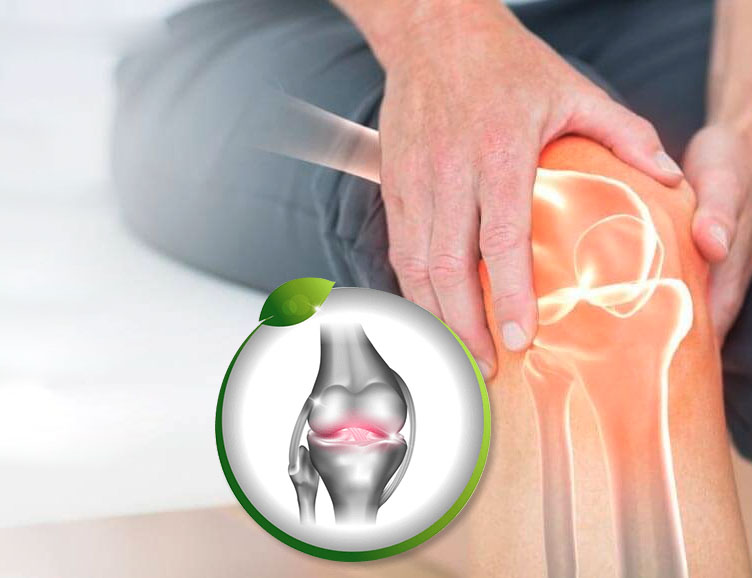



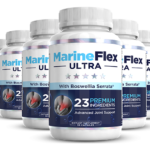



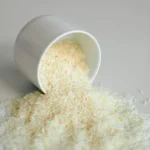



No comment yet, add your voice below!